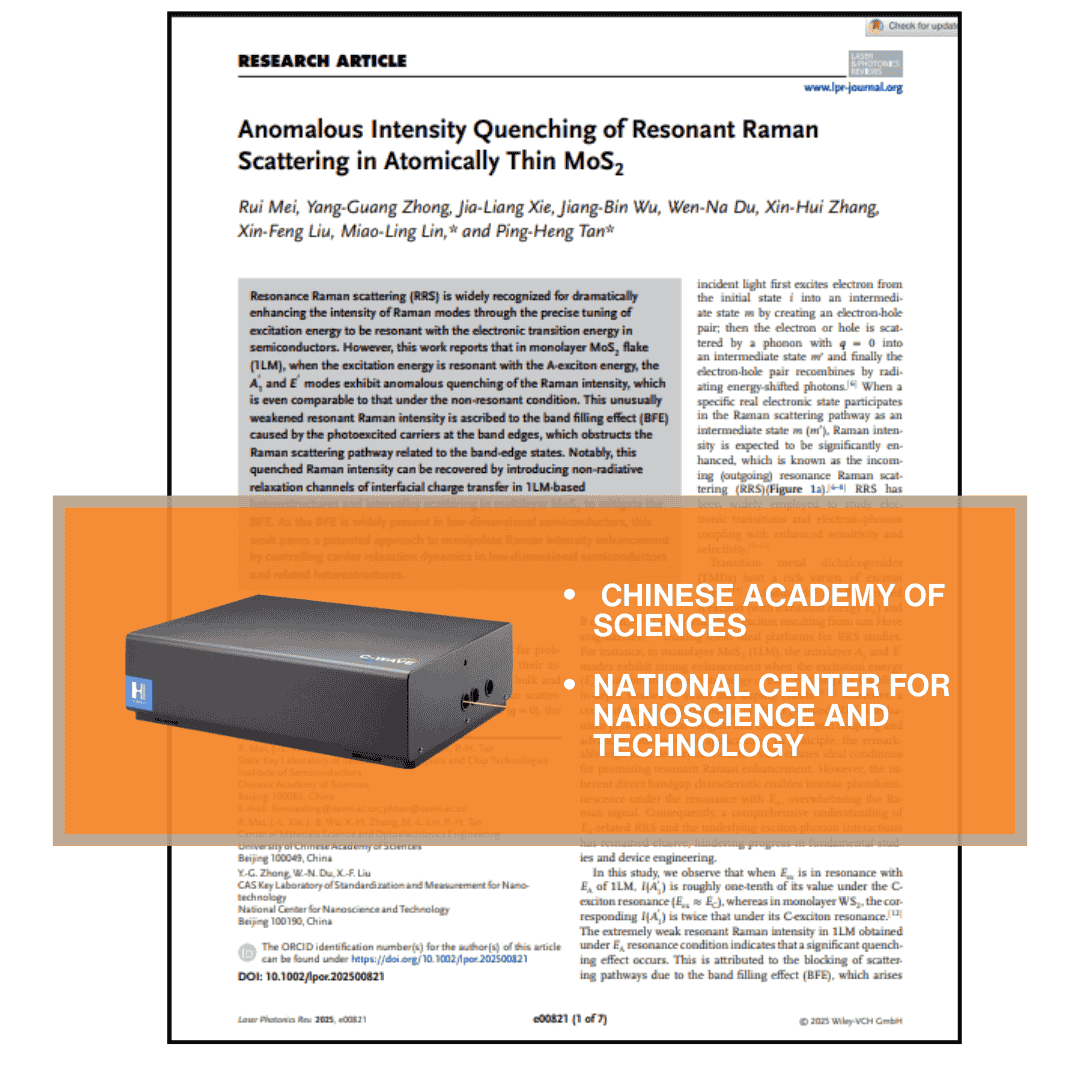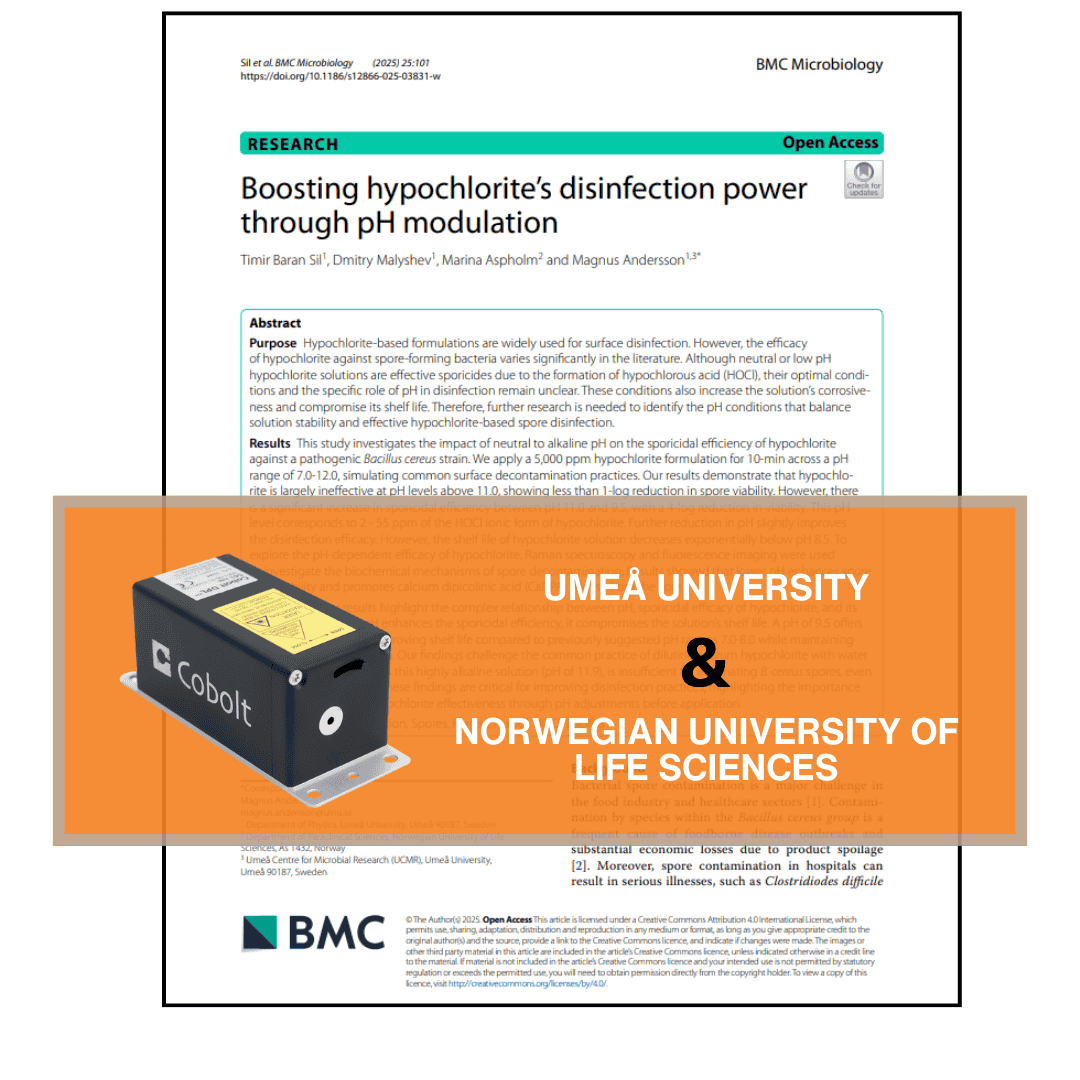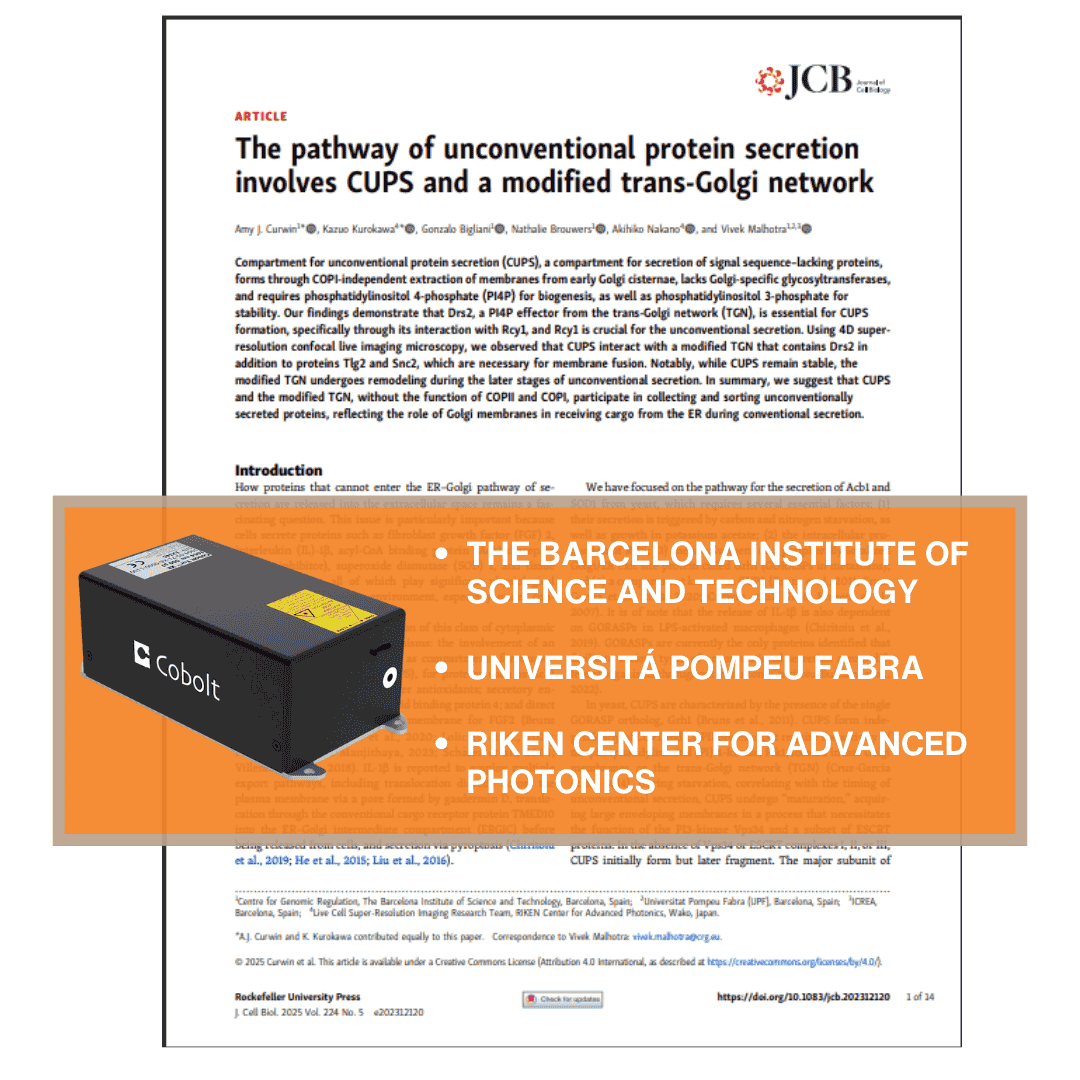3 March, 2021
Why choose a multi-line laser for microscopy instead of individual lasers?
Conventional fluorescence-based bio-instrumentation equipment typically uses multiple individual lasers combined through optical elements into one beam or an optical fiber. The systems can become bulky, costly to manufacture, and challenging to keep aligned. An extremely compact, permanently aligned, and service-free multi-line laser device can reduce the size and cost of these systems for fluorescence-based research. Removing the complexity of integrating individual lasers and replacing with a single multi-line laser solution allows the techniques to be more cost-efficient, user-friendly, and accessible for all levels of researchers.
Fluorescence microscopy instrumentation relies on illumination sources to excite fluorophores. Common illumination sources are LEDs, super-continuum white-light sources, or single-wavelength lasers. Lasers are primarily used for high-resolution and high-throughput imaging techniques and each wavelength excites a different set of fluorophores. In order to efficiently excite multiple fluorophores, it is necessary to use many single-wavelength lasers in one instrument or experiment.
Along with the advantage of activating more fluorophores, comes the challenge of integrating each of the individual wavelengths required. Typically, there is a need to use between two and eight different lasers. Often this is solved with a laser-combiner, which includes separate lasers and beam-combining optics. Unfortunately, laser combiners can be a large and bulky solution, and difficult to keep aligned. In addition, fiber coupling often adds further complexity to the optical system.
A simplified solution for integrating multiple laser wavelengths into a fluorescence microscope is to use a multi-line laser solution. It is now possible to deliver up to four laser colors from one compact and permanently aligned laser package, with one beam output or stacked beams, and an option for direct fiber coupling [1]. The introduction of multi-line lasers to fluorescence instrumentation provides a reliable, easy-to-use, and service-free solution to the challenges of including all of the desired wavelengths with reliable, stable performance.
The compact Cobolt Skyra multi-line laser
In addition to the simplification of laser integration, a multi-line laser also brings the advantage of customization and unique control capabilities. Across different techniques, laboratories, or even individual experiments, there are various requirements on the colors, power output, modulation, and beam configuration; all of which can now be accommodated with one ultra-stable solution.
More resources
Explore our Publications for practical insights on how our customers are leveraging the power of our lasers in their projects.
Customer publications
Application: Raman spectroscopy
Product line: C-WAVE
Wavelength: Tunable
Optimizing Resonant Raman Scattering in Monolayer
Optimizing the sensitivity of Raman spectroscopy by engineering carrier relaxation dynamics to enhance Resonance Raman scattering intensity
Customer publications
Application: Raman spectroscopy
Product line: Cobolt
Wavelength: 785 nm
Tweaking Bleach’s PH Against Bacterial Spores
Scientists identify the optimal pH for hypochlorite-based sporicidal formulations that can balance solution stability and effectiveness of spore disinfection.
Customer publications
Application: Fluorescence microscopy
Product line: Cobolt
Wavelength: 473 nm, 561 nm
Cobolt Blues and Jive in Uncoventional Protein Secretion
Researchers have identified a specialized compartment called CUPS (Compartment for Unconventional Protein Secretion) that forms independently of the traditional cell pathway system





